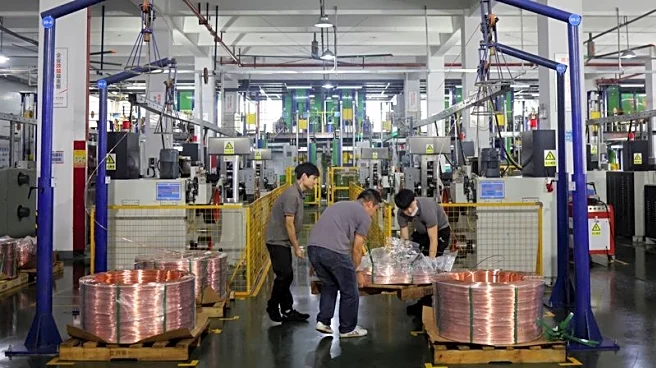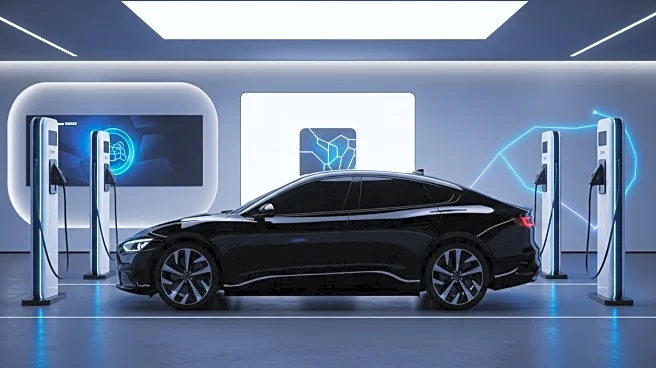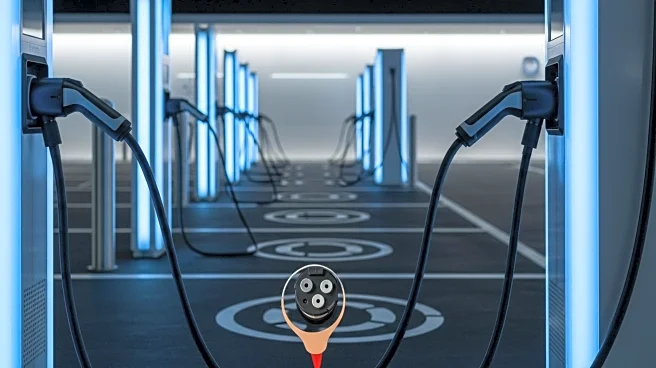What's Happening?
Consultant Brandon, known for his insights into the automotive industry, has highlighted a significant overstock issue in car lots across the United States. According to Brandon, car inventories are overflowing, with vehicles sitting on lots for an average of over 120 days, a situation not seen since before the COVID-19 pandemic. This overstock is attributed to a decline in car sales, with S&P Global reporting 8.25 million units sold in the first half of 2025, compared to 9.07 million in 2024 and 8.96 million in 2023. The situation presents a potential advantage for buyers, as dealerships are offering significant discounts and financing options to move inventory.
Why It's Important?
The current state of the automotive market could have significant implications for consumers and the industry. For buyers, the overstock situation means potential savings, as dealerships are likely to offer competitive pricing and financing deals to reduce inventory. For the industry, the decline in sales and prolonged inventory periods could signal broader economic challenges, potentially affecting production rates and employment within the sector. The situation also highlights the impact of pandemic-era pricing and consumer hesitancy, which may continue to influence market dynamics.
What's Next?
As the automotive industry navigates this overstock challenge, dealerships may continue to offer aggressive pricing strategies to attract buyers. Manufacturers might adjust production rates to align with current demand, potentially leading to shifts in employment and supply chain strategies. Consumers interested in purchasing vehicles could leverage the situation to negotiate better deals, using tools like Car Gurus and Car Edge to assess inventory durations and pricing trends.













